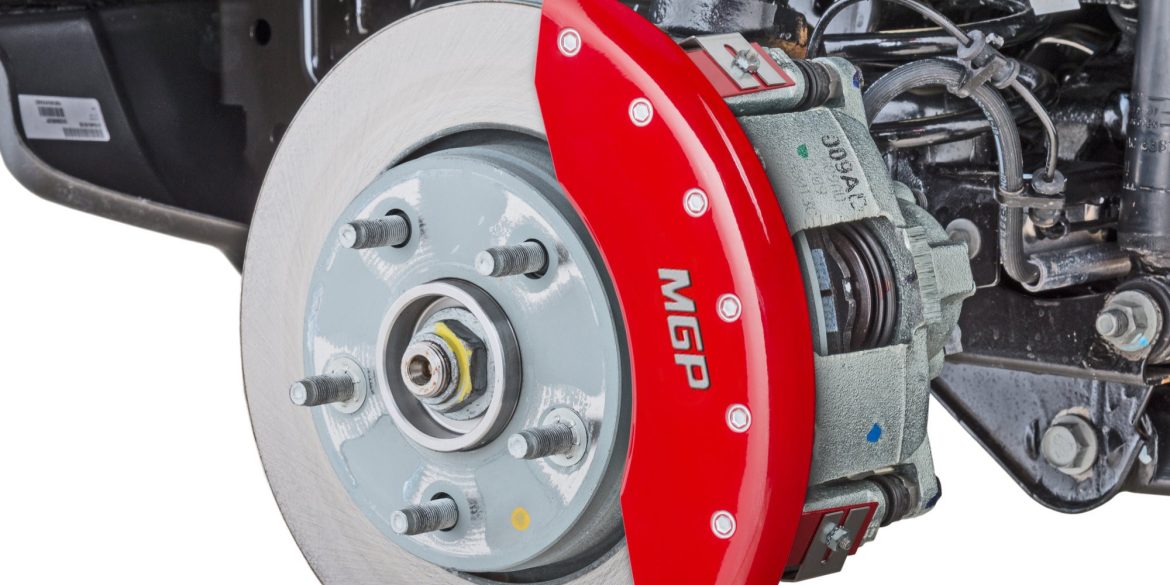Knowing how caliper brakes work is important for any driver. They allow the driver to control how much pressure the brakes apply to the wheels. The fluid inside the caliper pushes the piston, which pushes the inner brake pad against the disc rotor. This force is then transferred to the outer brake pad, which is pulled towards the disc rotor on the opposite side.
Floating calipers move closer or farther away from the rotor
Floating caliper brakes move away or closer from the rotor to stop a vehicle. The principle is the same as that of fixed calipers, but the pistons are positioned on the inboard side of the caliper. The piston extends and contracts with the brakes applied, pressing the inboard brake pad against the rotor. Compared to fixed calipers, floating calipers have fewer moving parts and seals and are easier to package and mount.
To adjust floating caliper brakes, first remove the wheel and check the caliper and brake pads. Then, adjust the distance of the pads from the rotor by turning the barrel adjuster counterclockwise. The increased distance between the pads and rotor reduces the amount of lever stroke. You can also loosen the cable pinch bolt to allow more cable to pass through.
Service work on caliper brakes
When service work is required for caliper brakes, it is important to know the proper way to remove the caliper and inspect the hardware. If caliper mounting hardware is damaged, it should be replaced. Alternatively, you can clean and grind the mount surface to restore its original finish.
A mechanical brake system requires adjustments because of wear and cable stretch. For example, a single piston caliper may have a static pad, so it must be adjusted so that it is closer to the rotor. This is typically accomplished with a adjusting knob.
Disc brake fluid
When braking, disc brake fluid is used to slow the car down. The fluid is used to push the piston against the inner brake pad and to push the outer brake pad against the disc rotor. This process helps reduce braking force and reduce brake fade. Disc brake fluid is an important part of caliper brakes and is necessary for safe and effective braking.
There are many different types of brake fluid on the market today. One type is DOT3, which is a petroleum-based substance. DOT3 is a commonly used brake fluid. DOT4 is a more expensive alternative, but it’s also more widely available. It is important to use the right type of brake fluid for your caliper brakes.
Brake bleeding
Brake bleeding is the process of removing air from the hydraulic system. This is done by opening the bleeder valve and depressing the piston with a brake bleeder tool. The air bubbles will rise to the top of the fluid and be expelled from the system. This process is necessary because air bubbles can cause braking problems.
The best way to bleed caliper brakes is with a power bleeder. This device attaches to the brake fluid reservoir and uses pressure to force the fluid through the system. It is important to follow the manufacturer’s instructions when using a power bleeder.
